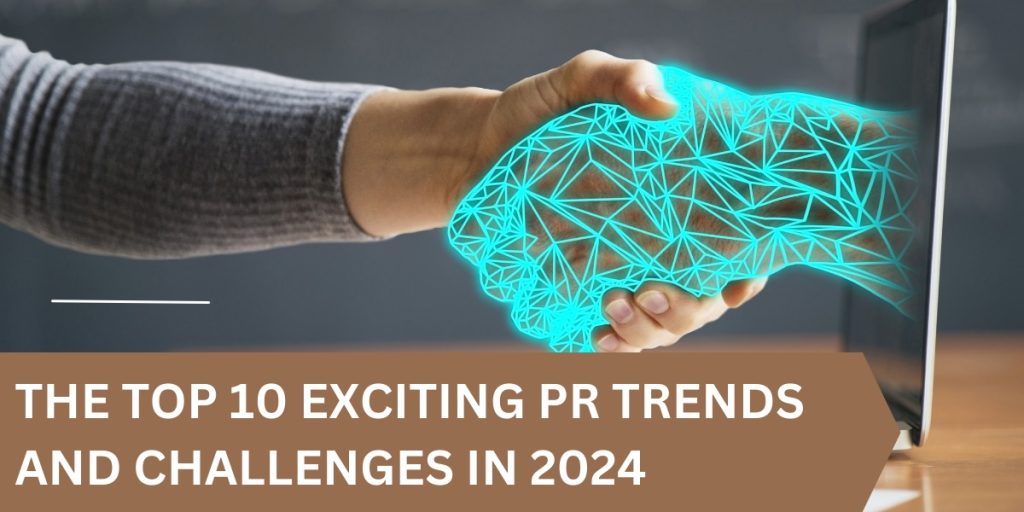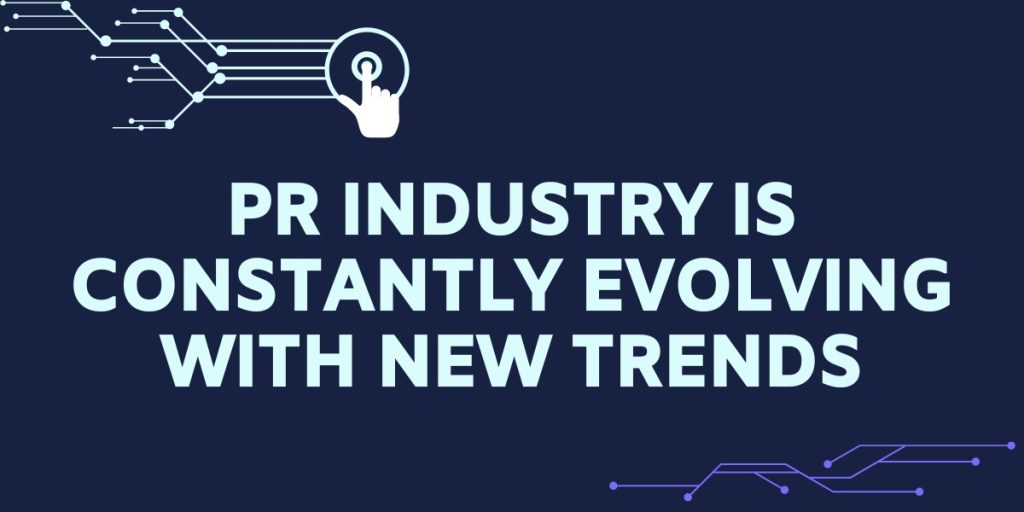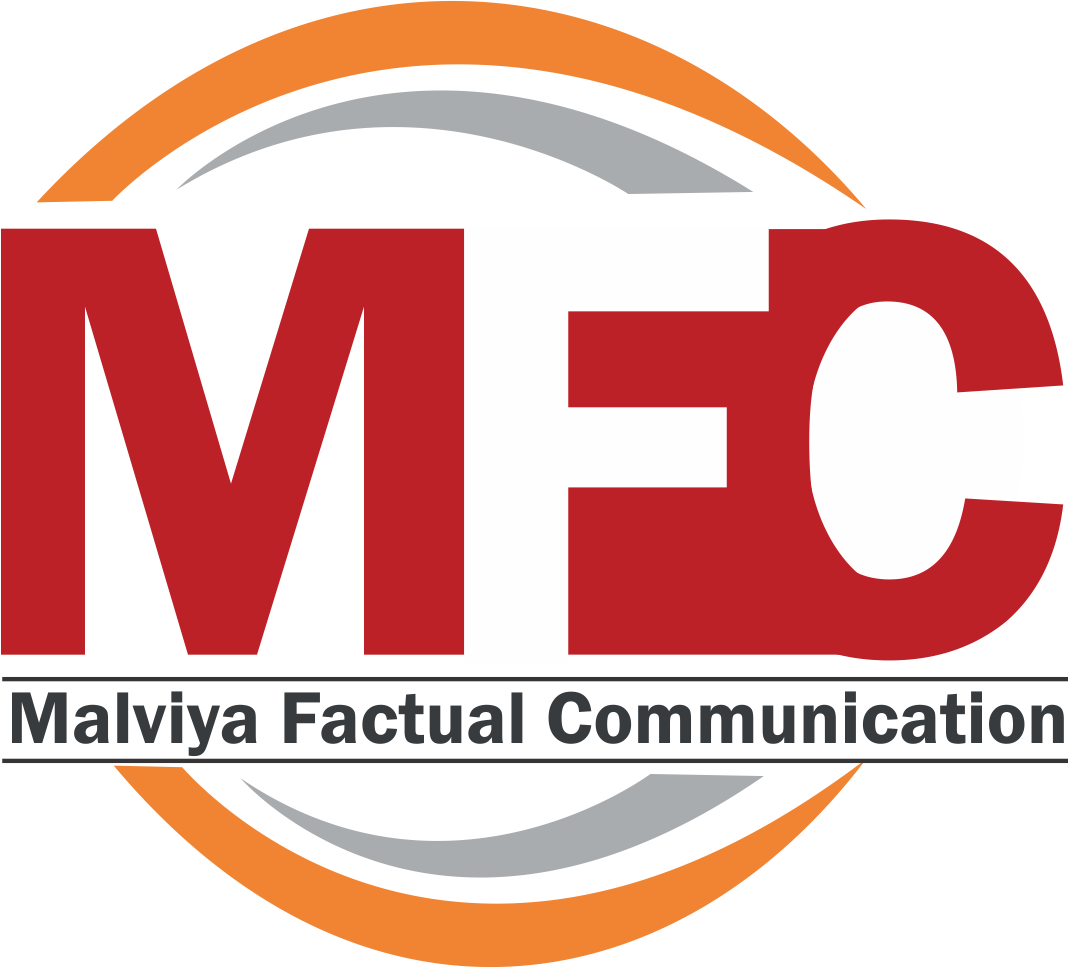
The public relations industry is a fast-growing field that is dedicated to managing communication and relationships between organizations and their target audiences. In recent years, major changes have occurred in the PR industry. Significant developments in the industry have been influenced by shifts in consumer behavior, the media landscape, and technological advancements. Digital PR practices, including online reputation management, content marketing, and social media management, are supplementing traditional PR techniques like media outreach and press releases. To effectively operate in this ever-changing landscape, PR professionals need to stay up-to-date on these developments and adopt new tactics and resources.
Why should PR professionals stay updated with the latest PR trends and challenges?
PR specialists must stay up-to-date with the latest PR trends and challenges; this allows them to remain viable and competitive in the ever-changing landscape. PR professionals can develop their unique strategies by knowing about the new technologies and tools that other PR companies are following. In short, staying abreast of new developments in public relations is crucial for PR professionals to continue being efficient, competitive, and adaptable in a constantly shifting landscape.
The time has come to talk about 10 fascinating PR trends and challenges for 2024.

- Data-driven public relations (PR): Data-driven PR has grown as a powerful tool in today’s communications landscape. It employs data collection and analysis, including social media metrics, website analytics, media coverage, and consumer feedback, to evaluate the impact of PR campaigns and improve future strategies. Though data-driven PR has its own advantages, there are challenges as well. It is difficult to find accurate, complete, and pertinent data. Expertise in data analytics is necessary to extract meaningful insights from massive databases. Furthermore, maintaining data security and privacy in accordance with laws like the CCPA and GDPR is always a concern for public relations specialists.
- Influencer Marketing: Influencer marketing campaigns provide profits for brands and hurdles as well. Influencers have their own potential; with a large number of followers, they promote brands, boost sales, and generate a higher ROI than other marketing campaigns. However, there are some difficulties facing PR professionals. Understanding the brand’s requirements and finding the right influencers whose values align with the brand is a big challenge for a successful campaign. Additionally, establishing relationships and making deals with influencers requires a good strategy, good communication, and a lot of effort.
- AI Tools: AI-powered PR tools offer many advantages, including the ability to automate regular tasks like strategy evaluation, media monitoring, and content creation, which boosts productivity and saves time for PR specialists. However, AI technology is good only for the data and tools it provides; human understanding and creativity are required with AI tools. Additionally, there can be concerns about data protection and accuracy.
- Visual storytelling: The skill of communicating a message or a tale through graphic elements, including images, videos, and graphics, is known as visual storytelling. The advantages of this medium are that it engages audiences easily through attracting graphics, which is not possible through text alone, and it makes complex information easier to understand and remember. While visual storytelling is a powerful communication tool, there are some negative aspects too. Drawing visual stories takes effort, imagination, understanding, and expertise to convert complex messages into visual elements, and technical skills are also required. Not all tales are best communicated graphically, and there’s a chance that complicated ideas will be misunderstood or oversimplified. Also, it can be difficult to guarantee accessibility for all audiences, especially those who have problems with visual understanding.
- Interactive PR: Marketing campaigns that include interacting with the public in a two-way manner are referred to as interactive public relations (PR). Interaction, feedback, and active participation such as quizzes and surveys from the audience are encouraged via interactive PR experiences. Interactive PR campaigns have the power to captivate audiences and motivate them to participate in the campaign, raising brand recognition and expanding the target demographic. However,organizing these kinds of initiatives requires excellent planning, knowledge of technology, and creativity.
- Integrated Marketing Communications (IMC): IMC involves integrating all promotional tools, such as advertising, public relations, direct marketing, social media, and sales promotion, to deliver an integral message to target audiences. However, implementing IMC comes with challenges, such as monitoring the performance of integrated campaigns, coordinating several communication channels, and maintaining message consistency across platforms. Additionally, adapting new technologies and consumer behaviours can become a big challenge for marketers. No doubt, effective IMC strategies can substantially enhance a brand’s image and give it a competitive edge.
- Micro-moment marketing: Micro-moment marketing is a marketing tactic that concentrates on interacting with customers at certain moments. These moments usually arise when people use their mobile devices to meet urgent requirements, such as looking up nearby locations, exploring products, or getting answers to inquiries. In order to provide customized and contextually relevant experiences across a variety of digital channels, including search engines, social media platforms, and mobile apps, micro-moment marketing entails analyzing consumer intent and behaviors. The objective is to create interest in customers, give them useful information or answers, and eventually increase conversions or develop long-lasting relationships with them. This kind of marketing brings attention to the company, piques consumers’ interest, and wins them over to be loyal customers. However, the difficulties lie in accurately identifying these micro-moments, providing relevant information to customers, and creating engaging material that piques readers’ interest.
- Long-form content marketing: The creation of in-depth content pieces that offer complete information on a specific topic or issue is known as long-form content marketing. These can be articles, manuals, whitepapers, or e-books, and they are usually longer than regular blog postings. The objective of this type of marketing is to engage and educate the audience, build credibility, and gain organic traffic through search engine optimization (SEO). Although long-form content marketing possesses positive aspects, there are also drawbacks and possible losses. The significant time and resources needed to plan, produce, and promote longer content pieces, Furthermore, if the content is too long or extremely complicated, there’s a chance that viewers will get sick of it or lose interest.
- Brand journalism: Providing journalistic-style material using journalism principles intended to engage consumers interest and build credibility can be a successful strategy to promote a brand in a non-promotional way. It will definitely help you with brand visibility, credibility, and customer engagement. Brand journalism requires consistency, expertise in journalism, and deep knowledge in the niche in which you are providing information; however, it doesn’t promote direct sales, so we can’t follow this kind of planning if our purpose is to generate leads and conversions.
- Crisis communication in the digital age: In the digital age, news goes viral in seconds through social media and digital communication channels. PR professionals need to be more proactive and updated with the newest technologies to take control of upcoming crises for brands. There are a lot of monitoring and communication tools that can be used for real-time updates and immediate responses. The challenges that come with using the tools are a lack of knowledge about AI, identifying effective tools, and managing them with proper coordination. PR professionals need to be well-versed in the tools and have received training. Overall, using these technologies may appear simple, but it is also challenging. It requires careful planning, analysis, and human understanding.
To stay updated on our blog, follow us on Facebook and LinkedIn.



